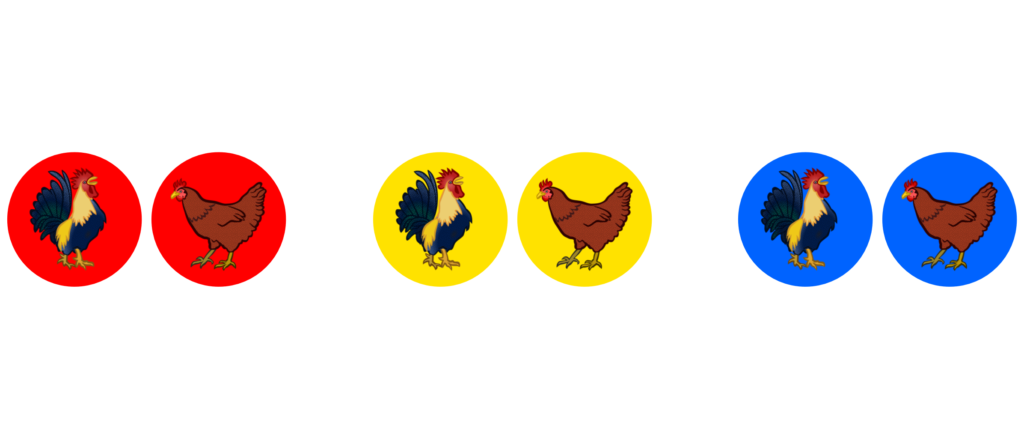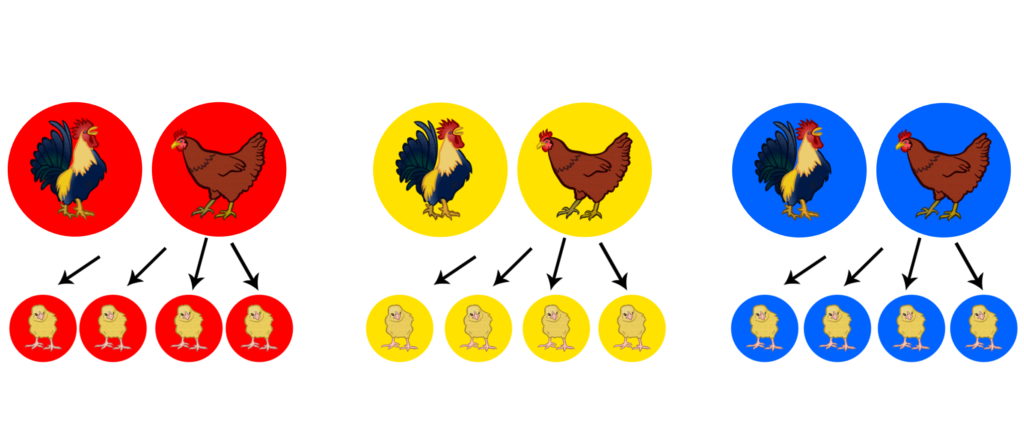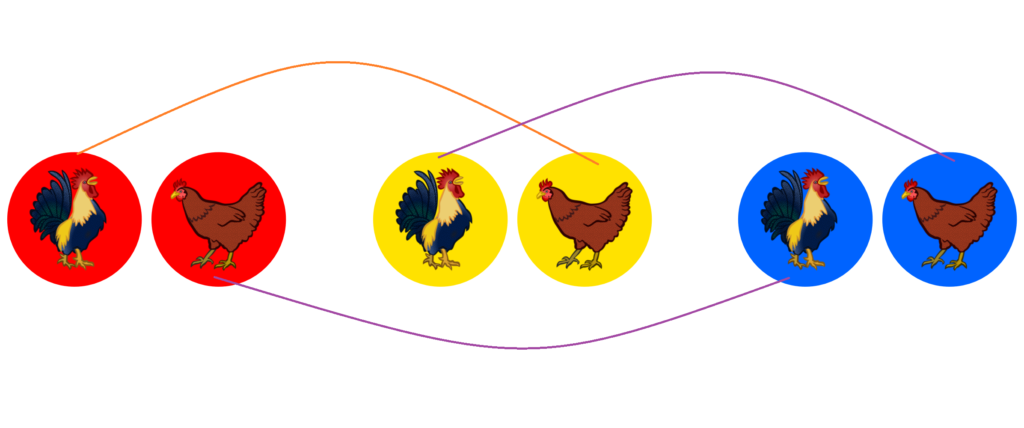 If you are a small flock owner who breeds their own chickens, how do you ensure genetic diversity, but also maintain the integrity of your heritage breeds? Jennifer Sartell shares useful tips about “Clan mating.”
If you are a small flock owner who breeds their own chickens, how do you ensure genetic diversity, but also maintain the integrity of your heritage breeds? Jennifer Sartell shares useful tips about “Clan mating.”
For the past few years I have been concentrating on raising high quality Buff Orpingtons. When I say “high quality”, I am referring to their comparison to the breed standard found in the American Standard of Perfection. A guide used to help breeders ensure that they are breeding birds that actually represent what the breed was intended. For example…so Buff Orpingtons look, act and perform like Buff Orpingtons.
One of the challenges of a small breeder, like myself, is maintaining genetic diversity but also keeping genetic excellence within a small flock. It takes space, meticulous record keeping and a lot of time and consideration to keep all the birds where you want them to be.
The reason I love the Clan Mating System is because it simplifies the breeding process. Without much thought, you can ensure your breeding pairs aren’t too closely related and you can focus on what the birds look like and how close they are to the standard. I first read about the Clan Mating System in the 2016 Mother Earth News Article How to Breed Chickens Using the Clan Mating System by Harvey Ussery
Why is clan mating useful?
It establishes a genetically diverse breeding flock with three strains of genetics. So you never have to worry about breeding too closely. And it keeps the flock size manageable for a small breeder.
How to clan breed
To begin a clan breeding system you will need at least 3 separate breeding pairs. That means three roosters and three hens. You can have more than this, so long as you have separation pens for the additional pairs. (In my next post I will show how to establish three pairs from a single pair.)
Assign each breeding pair a clan. Many use colors. Below the graphic shows the red clan, yellow clan, and blue clan. Leg bands work amazingly well for labeling your clan. See my post How and Why to Use Leg Bands
 Once a bird is assigned a clan, it will remain in that clan for life.
Once a bird is assigned a clan, it will remain in that clan for life.
During the breeding season you will need three separate breeding pens. You can combine your flock at other times of the year, but when you’re ready to start collecting eggs for hatching, the clans need to be in separate pens.
Allow your hens to flush out the sperm of undesirable roosters for about 3 weeks to ensure clean lines and to be fertilized by the desired rooster.
The offspring of these pairs will follow the color of their mother. The only time you will breed red to red, yellow for yellow, and blue to blue is the first breeding season. From then on out, you will never breed the same color to the same color.
The only time you will breed red to red, yellow for yellow, and blue to blue is the first breeding season. From then on out, you will never breed the same color to the same color.
In the following breeding season. All of the mature hens of the same clan should be grouped together in separate breeding pens. These hens should be mated to the best rooster from the next clan over. Shown in the image below. If you follow this pattern you will never mate sibling to half sibling.
If you follow this pattern you will never mate sibling to half sibling. When selecting the best birds to breed with you must stay within the clan. For example, you must choose the best cock within the red clan even if there is a superior cock in the yellow clan.
When selecting the best birds to breed with you must stay within the clan. For example, you must choose the best cock within the red clan even if there is a superior cock in the yellow clan.
*******
Jennifer Sartell is a caretaker of all the animals on her farm: milker, shearer, hoof trimmer, vaccine administer, animal midwife, ailment fixer, chin scratcher, hug giver, egg collector, chick and turkey hatcher, feeder, and waterer. She can drive a tractor, run a sickle bar blade, a rake, baler, plow, disk and seeder. Jennifer is a mad weeder, planter and gardener, honey harvester, maple tree tapper, hay bale stacker, stall cleaner, and fence fixer. You can read about all of Jennifer’s activities on her blog or follow her on Facebook.













1 Comment
Inbreeding is where the chickens being mated are related, such as a brother and a sister. Inbreeding can cause severe problems for the chicks, including a weak immune system. Don’t inbreed as it will be unfair on the chick; it will have a higher chance of dying.